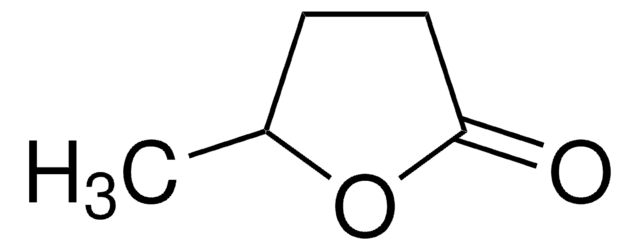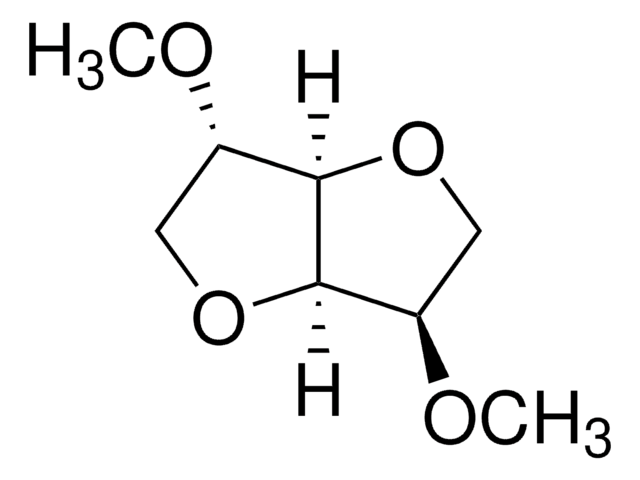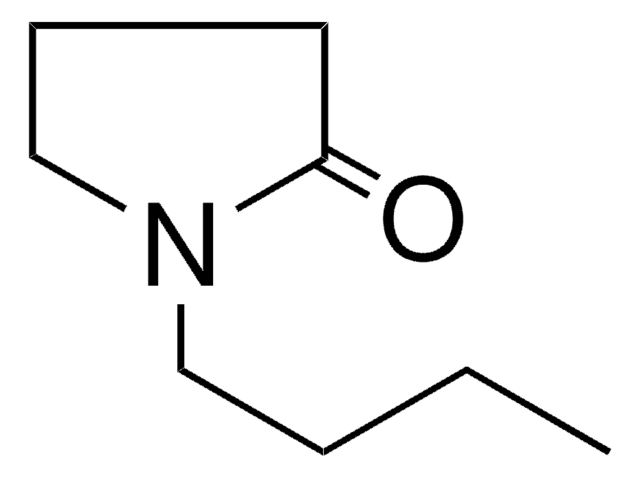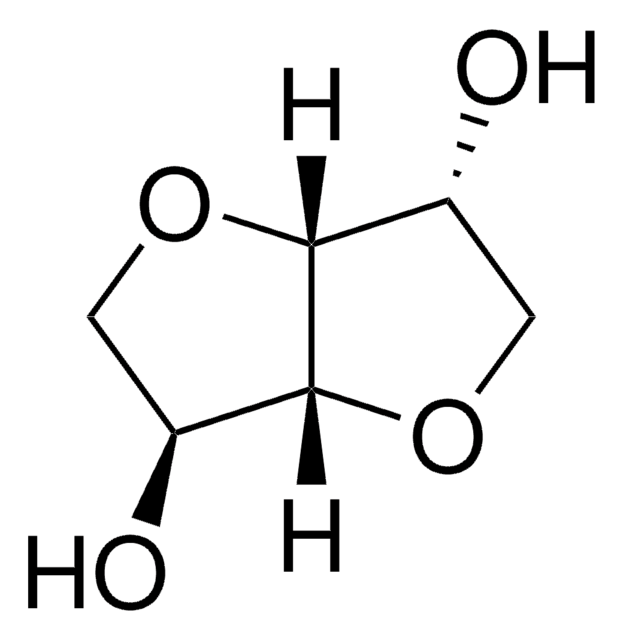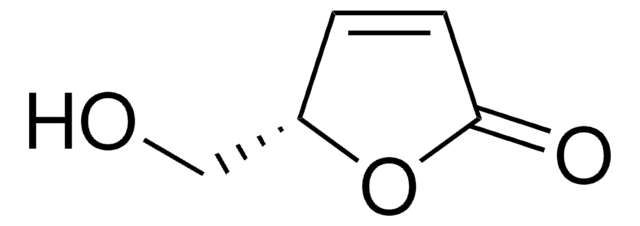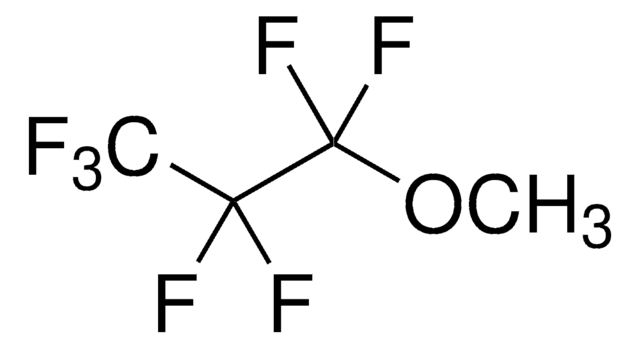807796
Cyrene™
BioRenewable, DMF and NMP Substitute
Sinónimos:
Dihydrolevoglucosenone
About This Item
Productos recomendados
Quality Level
assay
≥98.5% (GC)
form
liquid
greener alternative product characteristics
Designing Safer Chemicals
Safer Solvents and Auxiliaries
Use of Renewable Feedstocks
Learn more about the Principles of Green Chemistry.
sustainability
Greener Alternative Product
technique(s)
: 0.5% using Water (by Karl Fischer)
bp
227 °C
mp
-18 °C
density
1.25 g/mL
greener alternative category
, Aligned
InChI
1S/C6H8O3/c7-5-2-1-4-3-8-6(5)9-4/h4,6H,1-3H2/t4-,6+/m0/s1
InChI key
WHIRALQRTSITMI-UJURSFKZSA-N
Categorías relacionadas
General description
Cyrene is a biobased dipolar, safe for end-of-life disposal, decomposing into CO2 and H2O. It is an aprotic alternative to common solvents that are of environmental concern. Cyrene™ is an alternative for many solvents classified by REACH as Substances of Very High Concern (SVHC), such as N-Methylpyrrolidone (NMP) and N,N-Dimethylformamide (DMF).
Application
1. Dispersive ability for graphene solutions.
2. Alternative to DMF in the synthesis of metal-organic frameworks.
3. Organic synthesis:
- Cacchi-type annulation
- Synthesis of urea
- HATU Amide Coupling - Replacement for DMF in amide and dipeptide coupling reactions.
- Suzuki-Miyaura coupling reaction.
- Sonogashira coupling reaction.
- Reductive homocoupling reaction.
Features and Benefits
- 99% biodegradation in 28 days
- Stable during incineration
- Not mutagenic or genotoxic
- ASTM D6866 - Standard Test Methods for Determining the Biobased Content
- Made from Renewable Resource − Cellulose
Legal Information
Related product
signalword
Warning
hcodes
Hazard Classifications
Eye Irrit. 2
Storage Class
10 - Combustible liquids
wgk_germany
WGK 1
flash_point_f
226.4 °F - closed cup
flash_point_c
108 °C - closed cup
Elija entre una de las versiones más recientes:
¿Ya tiene este producto?
Encuentre la documentación para los productos que ha comprado recientemente en la Biblioteca de documentos.
Los clientes también vieron
Contenido relacionado
Why should you have to choose between solvents that are ecological and those that are reliable? Enjoy both at once with our biorenewable and greener solutions. Cyrene™ solvent is a new dipolar aprotic alternative to common REACH restricted solvents, such as N methyl-2-pyrrolidone (NMP) and Dimethylformamide (DMF).
Nuestro equipo de científicos tiene experiencia en todas las áreas de investigación: Ciencias de la vida, Ciencia de los materiales, Síntesis química, Cromatografía, Analítica y muchas otras.
Póngase en contacto con el Servicio técnico
